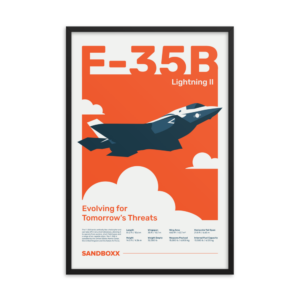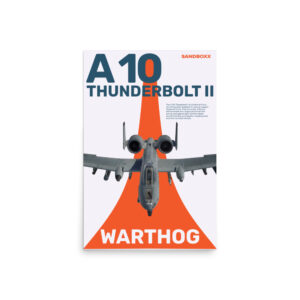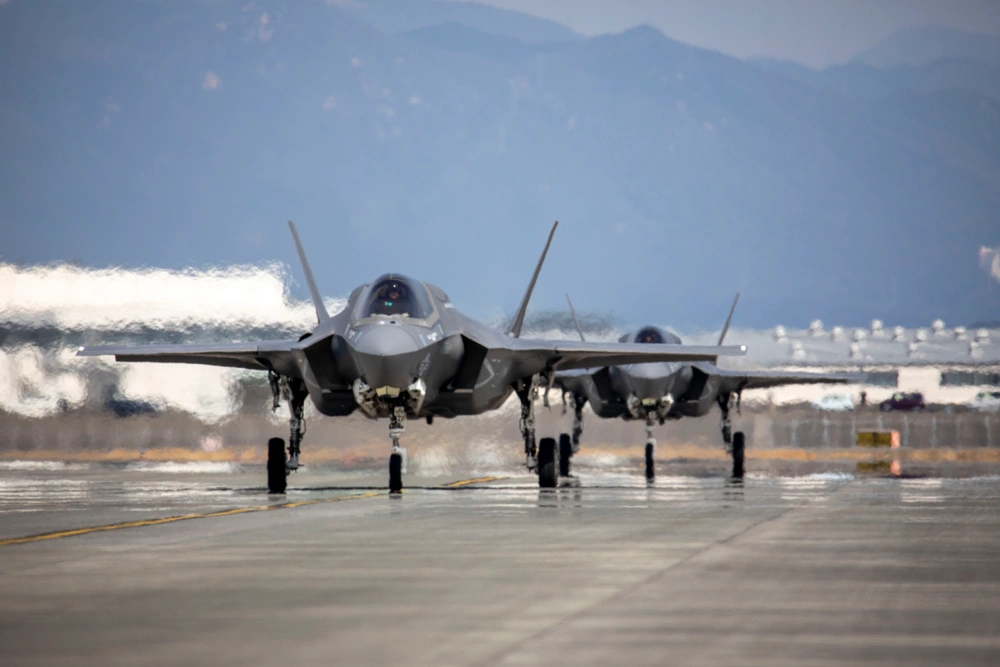This article by Philip S. Bolger-Cortez and Alexandria Brill was originally published by Divergent Options.
Philip S. Bolger-Cortez is a Wargame Director with the LeMay Center for Doctrine Development and Education at the Air University whose previous job was in Agile Gaming at Headquarters Air Force (HAF) A5. Alexandria Brill is an Agile Gamer with HAF A5. Divergent Opinions’ content does not contain information of an official nature nor does the content represent the official position of any government, any organization, or any group.
Title: Assessing Agile Gaming: War is Hard, Wargames Don’t Have to Be
Date Originally Written: June 12, 2021.
Date Originally Published: July 12, 2021.
Author and / or Article Point of View: The authors are professional wargamers and Agile Gaming practitioners.
Summary: With Department of Defense leaders so busy, they can rarely participate in large-scale wargames. Agile Wargames approach a large problem by taking small bites rather than swallowing the whole elephant. While a large-scale and highly detailed wargame may be viewed as perfection, perfection can be the enemy of good enough. A tightly focused Agile Wargame that actually takes place, is superior to a large-scale wargame that can never fit into a schedule.
Text: The most valuable commodity for any military commander is time. On any given day, a typical flag officer has a wall-to-wall schedule packed with meetings, decisions, more meetings, inspections, presentations, yet more meetings, and precious little time for anything that isn’t scheduled weeks or months in advance. Getting a full day of a general’s time is a Herculean task. Getting a full week is impossible without a signature from a higher ranking general or a congressional mandate. Getting the same amount of time out of field grade officers is not much easier.
Officers still want, and need, wargames. Discussions around large games run by the Air Force[1] have driven discussions in the defense community, in Congress, and at Headquarters Air Force[2][3].
Wargames are an essential step for military leaders to ensure confidence in plans, decisions, and concepts. Stakeholders, sponsors, and players agree that wargames can answer certain questions or problem sets. Yet, the average player’s demanding schedule remains an obstacle for participation.
Large wargames can account for the needs of many stakeholders and organizations. In a large game, hundreds of moving pieces compete for attention from many players. In an agile game, the focus is narrower—much of the war is abstracted out into a series of mechanics designed to show how the broader war impacts a narrow slice, without needing to focus on these other parts. Players often face only three to four decisions in a turn, such as where to place resources, what to use for operations, or who should conduct an action. The result is a lower fidelity game—but one easy to play, in only a few hours[4]. Similar fidelity games in the commercial space include Axis & Allies[5], World at War ’85[6], and Thunderbolt Apache Leader[7].
For concept writers looking to develop immature concepts, low fidelity games are helpful. The low time demand and ease of learning means the game can be played multiple times. This increase in repetition of iterative low fidelity games feeding higher fidelity games in an event series has previously been identified as useful by wargaming grandmaster Matt Caffrey in his work On Wargaming[8].
It is the aim of agile games to use time wisely and concisely without sacrificing objectives and outputs. The goal of agile games is to approach any problem by taking small bites rather than swallowing the whole elephant, ideally leading to further concept refinement through either more detailed games, modeling and simulation, or concept writers using game insights to further their writing.
Agile gaming answers questions that are pressing or urgent—not completely, but just enough to set the decision makers in the right direction. Agile gaming requires being comfortable with sacrificing total fidelity to focus on a more playable, approachable game—for many nascent defense concepts, a 70% solution in three hours may be more useful than a 95% solution in a week of gameplay. Compare the commercial games Afrika Korps and Campaign for North Africa—the former is not perfectly realistic, but it is easily teachable and playable in a few hours, compared to the latter, which while more realistic, requires an excessive amount of table space, players, and time[9][10].
In the agile gaming methodology, a series of three or four iterations of the same game or topic may be necessary, with one difference between them. These multiple iterations could allow the gaming team to conduct difference-in-difference analyses. For example, an agile game might give players slightly more resources between iterations would allow for conversation and insights about how priorities change, or how resource allocation decisions are made under certain budgetary conditions[11].
To keep games quick and intuitive, agile gaming leverages gaming mechanics from the world of commercial recreational board gaming. The commercial gaming world is both broad and deep—thousands of designers have come up with game mechanics for everything from how to assemble a hamburger[12] to how to outfit an F/A-18 Hornet[13] to how to manufacture a car under the Kanban Just In Time manufacturing system[14]. Leveraging knowledge of these mechanics can shape the effectiveness of an agile game, showing how to translate complex systems to easily learnable game mechanics.
With games varying in topic, complexity, and required expertise, the ideal agile gaming team will be a small footprint, modular team able to operate independently or with additions from external agencies. A small team allows for quick turns for gaming, while the modularity ensures that the team consults subject matter experts to ensure sufficient fidelity.
Agile gaming is not a perfect solution, more than any other approach to wargaming is—but agile gaming is a way to conduct rapid, iterative games. While agile gaming will not provide conclusive answers to national security problems, it can refine concepts and provide insights on how the US will conduct warfare today and tomorrow, as well as provide valuable stage setting for more detailed wargames.
Read more from Sandboxx News:
- Air Force Gifts Perfect For Your Airman This Holiday Season
- 5 classic games to help ease cabin fever
- The 1st Space Force recruiting commercial just launched
- News, social media, and shopping trends of US service members
- Five service academy football players signed as free agents
Endnotes:
[1] Both authors adjudicated a Title 10 USAF game last year
[2] Insinna, V. (2012, April 12). A US Air Force war game shows what the service needs to hold off — or win against — China in 2030. Retrieved from Defense News: https://www.defensenews.com/training-sim/2021/04/12/a-us-air-force-war-game-shows-what-the-service-needs-to-hold-off-or-win-against-china-in-2030
[3] Trevethick, J. (2021, April 12). Today’s F-35As Not Worth Including In High-End War Games According To Air Force General. Retrieved from The Drive: https://www.thedrive.com/the-war-zone/40142/air-force-general-says-current-generation-f-35as-not-worth-including-in-high-end-wargames
[4] Of the more than 15 games the Foxes conducted in 2020, the mean time of a game was below three hours
[5] Harris, L. (1981). Axis & Allies. USA: Milton Bradley.
[6] Tracton, K. (2019). World at War ’85: Storming the Gap. USA: Lock ‘n Load Publishing.
[7] Verssen, D. (2012). Thunderbolt Apache Leader. USA: Dan Verssen Games (DVG)
[8] Caffrey, M. (2019). On Wargaming. Newport, RI: Naval War College Press. Pg. 318
[9] Roberts, C. (1964). Afrika Korps. USA: Avalon Hill, Inc.
[10] Berg, R. (1979) Campaign for North Africa. USA: Simulations Publications, Inc.
[11] Observed by the authors in multiple agile games at HAF A5.
[12] Parkes, M. (2016). Burger Up. Australia: Greenbrier Games.
[13] Verssen, D. (2010). Hornet Leader: Carrier Air Operations. USA: Dan Verssen Games (DVG).
[14] Lacerda, V. (2014). Kanban Driver’s Edition. Stronghold Games.
Feature image: U.S. Army












